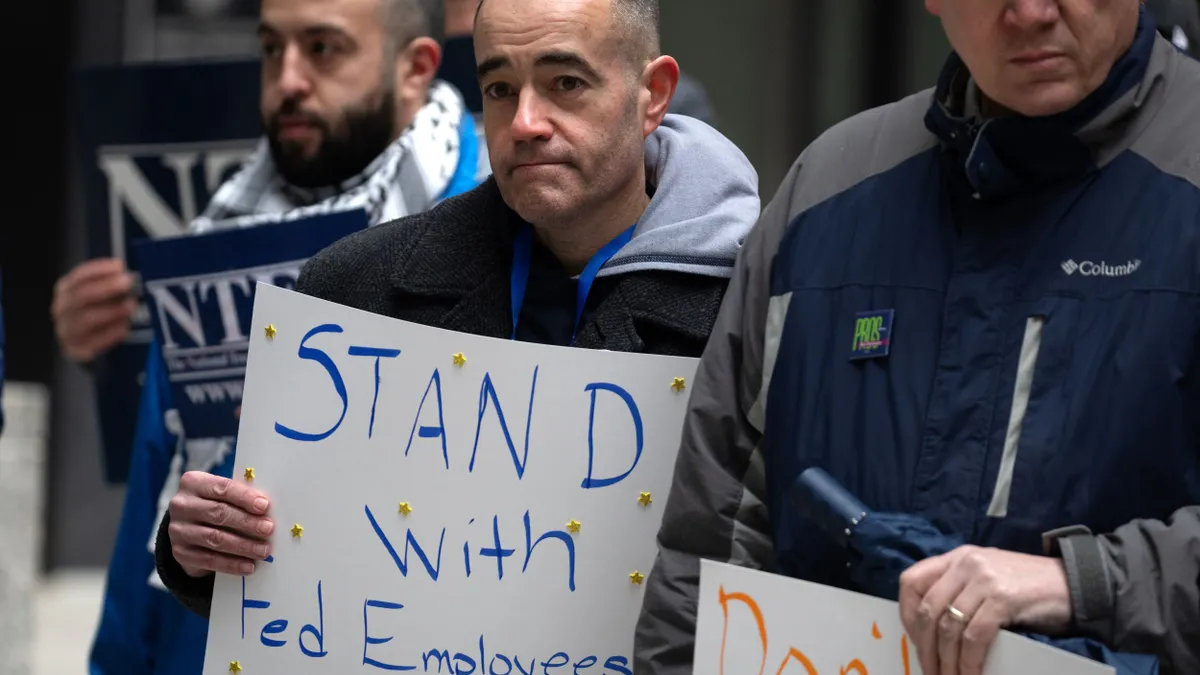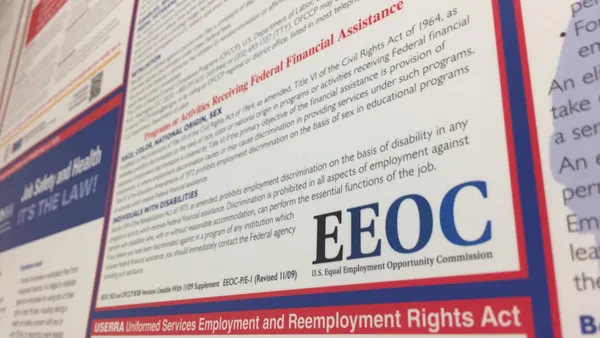For years, “Fight for $15” rallied advocates who favored minimum wage increases across the U.S. Several states and jurisdictions followed suit by passing increases that pushed their minimum wage above the federal minimum of $7.25 an hour. Fresh off these wins, some have begun calls for a new threshold — and they are already starting to see success.
Specifically, $18 could very well be the new $15. On June 22, Hawaii Gov. David Ige signed into law Act 114, instituting a series of minimum wage increases in the Aloha State. Under the law, Hawaii’s minimum wage will increase to $12 an hour on October 1, 2022, from the present level of $10.10 an hour. Beginning Jan. 1, 2024, the minimum wage will increase to $14 an hour, thereafter increasing by two dollars per hour every two years until reaching $18 an hour on January 1, 2028.
And Hawaii may not be alone. On Jan. 1, 2022, California, the first U.S. state to pass legislation increasing its minimum wage to $15 an hour, finally saw the $15 minimum take effect. California’s law also provides for annual, automatic adjustments beginning in 2023 to account for inflation.
It was not long before California’s $15 minimum kicked in, however, that one group submitted a ballot initiative supporting yet another increase. If signatures for the proposal are certified, voters could have the opportunity to decide the fate of the initiative, which would raise California’s minimum wage to $18 an hour by 2025.
The economic pressures of the pandemic have proved instrumental to both states’ efforts. In the preamble to Act 114’s legislation, HB-2510, Hawaii legislators said the pandemic “further exacerbated the economic hardship for many Hawaii families who are above the federal poverty line but still struggle to make ends meet.” Cost-of-living increases and stagnant wages, furthermore, necessitated the minimum-wage increase “to ensure that living in Hawaii is affordable,” the legislators wrote. In a Feb. 9 statement, supporters of the California proposal referenced the plight of essential workers, many of whom, the group said, could not afford to pay for basic needs.
In response to news of Act 114’s passage, labor advocates including Rebecca Dixon, executive director of the National Employment Law Project, recognized the Hawaii law for boosting efforts to raise wages during the pandemic.
“The pandemic has forced a reckoning in low-wage industries and throughout the economy,” Dixon said. “With prices rising at their fastest pace in 40 years, higher wages can’t wait!”
Employers seeing total comp costs increase
Recent minimum wage hikes may not come as a surprise to employers. Efforts to increase the federal minimum wage have yet to see success despite the most recent proposal by Congressional Democrats. Inaction at the federal level on certain issues may result in a proliferation of state activity, Shannon Meade, executive director of Littler Mendelson’s Workplace Policy Institute, told HR Dive.
“States are beginning to do that on their own,” Meade said of localities that have implemented minimum wage increases, “but I also think there are economic realities in every jurisdiction of the country. What happens in New York City is not always indicative of what happens in Alabama.”
As a separate matter, enacted increases may not be enough to keep up with living costs in some areas. For example, the Massachusetts Institute of Technology’s Living Wage Calculator estimates that a living hourly wage for one adult with no children in Honolulu County, Hawaii’s most populous county, is more than $22. That figure nearly doubles to $42.95 for a single adult with one child.
Regardless of the debate on minimum wage increases, employers are seeing “tremendous” wage growth as well as increases in their total compensation packages, according to Meade. From core benefits such as health, dental and vision to increased stipends for wellness programs and other areas, “that’s what employers are doing to be competitive in this market,” she said.
Inflation, Meade added, could impact other talent market dynamics. Employees who retired during the pandemic may be pressured to return to work, for example, and the same may be true for others who left the workforce during the past two years, she said. In April, an Indeed analysis found evidence of an upward trend of “unretirements,” with 3.2% of workers retired one year ago employed as of March 2022.
Additionally, voluntary separations have continued at a strong pace in recent months. The U.S. recorded 4.4 million quits in April, according to the U.S. Bureau of Labor Statistics, even as the level of job openings decreased.
The disconnect between these two findings indicates that employees may be seeking better benefits offerings, Meade said, such as more affordable child care options or paid sick leave. But there may not be a universal answer to employers’ retention struggles on the benefits front.
“I don’t know that there’s a silver bullet at solving all of these issues, and whether that includes wage increases, I think it’s an all-of-the-above approach,” Meade said.




















